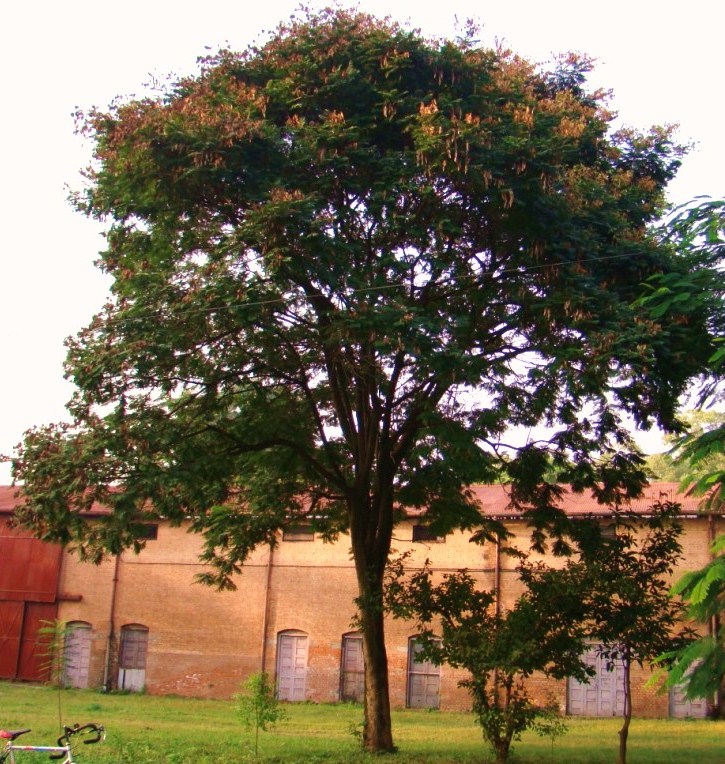Economic Importance of Santalum album

Family: Santalaceae
Genus: Santalum
Species: S. album
Common name: Chandan
Origin: India
Description: Small to medium sized tree evergreen, with slender drooping branches.Leaves thin, opposite, ovate lanceolate, blade entire, axillary or terminal panicled cymes. Perianth campanulate, stamens four alternating with four rounded obtuse scales (lobes). Drupe globose with hard- ribbed endocarp.
Economic Importance:
- The fragrant heartwood found in the stem and the root is the most economically important part of the tree. The wood is converted into chips and steam- distilled to produce oil.
- The sapwood which is also called “white wood” is used for producing ‘’agarbattis’’. Fragrance of sandal is due to Santanol, a polythenol.
- Both the wood and oil are used in medicine. Sandal wood is known to dissipate the effect of hot sun or fever, satiate thirst and leaves a cool but refreshing feeling. The wood ground into paste, gives relief if applied on local inflammation, on boils on forehead in fever and on skin diseases. Sandal wood decoction is given to cure defects of genitourinary tract. In migraine, sandal paste or oil (in dilute form) maybe applied in nostrils for relief and cure. Sandal paste is beauty-aid too.
- Sandalwood chips are generally used for making agarbattis. Seasoned sapwood maybe carved into curios, toys, carom coins and lacquerware.
- The perfumery preparations called attars are also prepared by hydrodistillating the volatile essence of flowers onto sandal oil. In medicine, it finds use as an antiseptic, antipyretic, antiscabietic, diuretic, expectorant, stimulant, and for treatment of bronchitis, dysuria, gonorrhoea and urinary infections.



